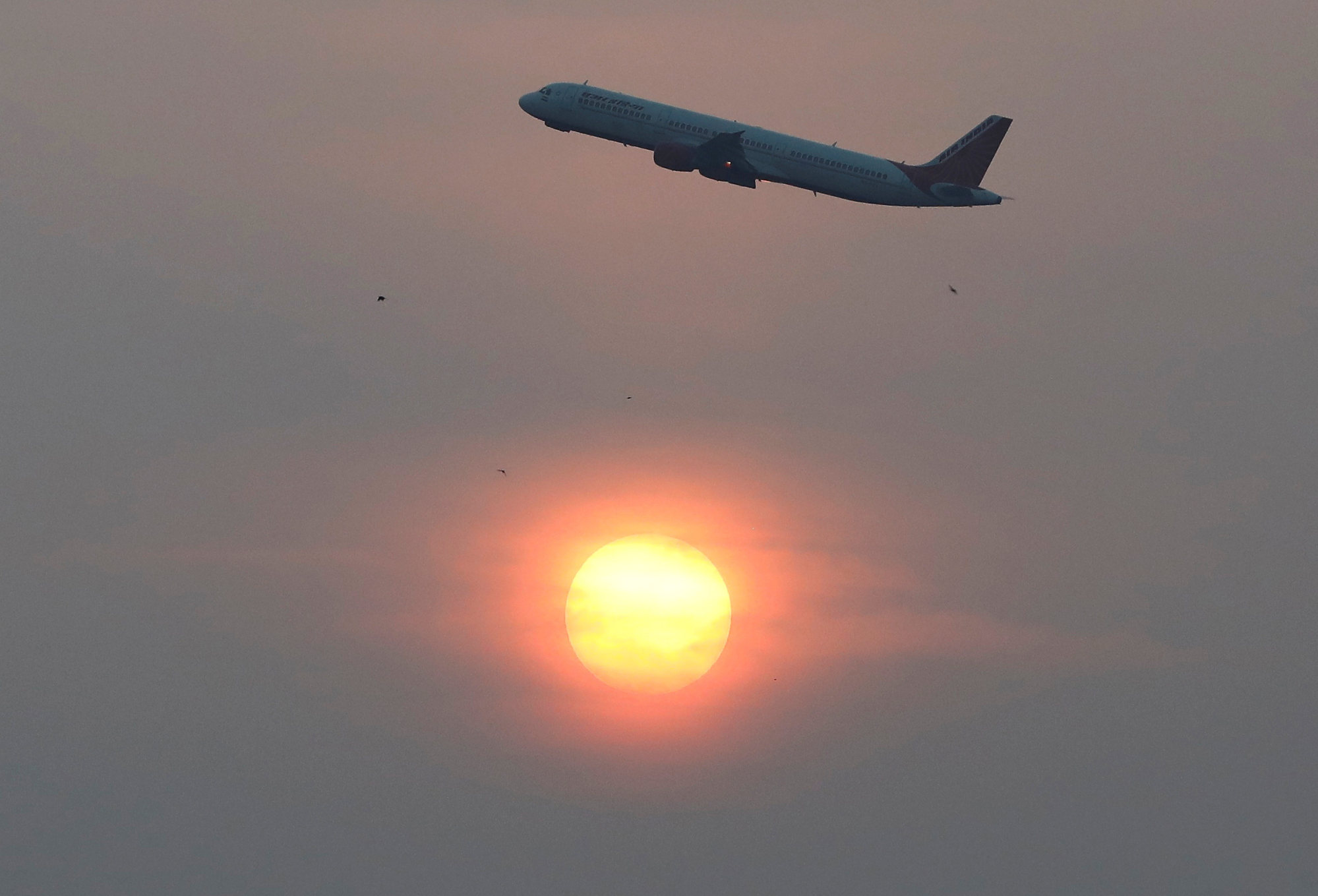Ready for takeoff: India’s aviation sector sets sights on growth despite bumpy start to 2024
A pilot from a national pilots’ association, speaking on condition of anonymity, expressed concern about the sector’s lack of professionalism, citing systemic issues such as inadequate technological upgrades, constant pilot fatigue, and a limited understanding of safety regulations.
“Indian aviation is a ticking time bomb. We’re just inches from a major aviation disaster, given how pilots are treated and how passenger planes are operated,” said the senior pilot, who has been operating commercial flights for over 15 years.
“One doesn’t need to wait for a major incident for a wake-up call. The recent episodes highlight serious systemic problems,” he said.
But some analysts view the recent problems as seasonal or isolated incidents that do not accurately reflect the overall health of the aviation sector.

Harsh Vardhan, chairman of aerospace firm Starair Consulting in New Delhi, said air traffic disruptions occurred globally in adverse weather and described the issues as part of the learning curve for Indian airlines.
“This is the first full season after the Covid-19 outbreak. The airlines have to adjust, whether it’s manpower or machine,” Vardhan added.
Joshua Ng, director of Singapore-based Alton Aviation Consultancy, sees the recent developments as a learning opportunity for Indian airlines, emphasising the need for professionalisation in every aspect of the market.
“The good thing about what has happened is that the authorities could exert their control over the regulatory oversight. The airlines have been told there will be consequences for their actions,” he said.
Ambitious take off
Over 50 local airline carriers have shut operations in the last three decades, but the Indian aviation industry remains ambitious. With rapidly expanding infrastructure and 149 operational civil airports, nearly double from a decade ago, India is poised for a significant share of South Asia’s plane deliveries in the coming years.
Around 3,500 new aircraft will join the Indian aviation sector by 2047, according to projections in a joint report by consultancy firm KPMG and the Federation of Indian Chambers of Commerce and Industry released this month.
Ryan Weir, country vice-president of commercial sales and marketing at Boeing, also sees significant demand in South Asia for pilots and maintenance technicians, primarily driven by India’s burgeoning aviation sector.
“One of the main factors contributing to this growth is the popularity of low-cost carriers in India, which has stimulated a higher demand for air travel. India’s growing middle class, with rising disposable incomes, is a significant driver of demand for air travel, both domestically and internationally,” Weir told This Week in Asia.
Air India faces difficult comeback despite ‘eye-popping’ aircraft order
Air India faces difficult comeback despite ‘eye-popping’ aircraft order
India, the world’s third-largest civil aviation market, transported over 153 million passengers last year, with the government aiming to double that number by 2030.
“The resurgence of Indian domestic passenger air traffic, surpassing pre-pandemic levels, not only highlights pent-up demand for travel but also underscores the industry’s adaptability. This resurgence reflects a substantial long-term growth opportunity,” Weir said.
But long-standing challenges are holding back the sector’s growth potential, including high taxes on aviation turbine fuel, elevated operational costs, and a lack of a robust aviation maintenance, repair, and overhaul (MRO) infrastructure.
Joshua Ng, Singapore-based director of Alton Aviation Consultancy, noted that India’s tax regime has historically been unfavourable for airline businesses, leading some market participants to call for a policy tweak with industry-friendly tax regulations.
Costs of aviation turbine fuel, which account for 40 to 45 per cent of airline operating expenses in India, put Indian carriers at a competitive disadvantage compared to global counterparts whose fuel costs account for 20-30 per cent of expenses.

Boeing’s Weir emphasised the need for addressing taxation issues, highlighting their significant impact on Indian carriers, particularly on domestic routes.
“Ensuring aircraft safety and reliability demands significant investments in MRO infrastructure and expertise. Presently, MRO is decentralised because no single entity controls all aspects, and critical segments are contractually governed by OEMs (original equipment manufacturers).
“While India handles line and hangar maintenance, which accounts for less than 20 per cent of total MRO expenditure, over 80 per cent goes abroad, primarily for component and engine maintenance. India missed the opportunity to localise these services a decade ago.”
Starair Consulting’s Vardhan says the industry’s potential remains vast, suggesting a need to encourage expansion into untapped regions.
“What is ailing the sector is high taxation on services. The government is also liberally allowing airlines to make money through indirect means like passenger service fees and convenience charges. The operators are suffering. The growth in air passengers is the only factor sustaining the industry. That will not remain the same,” he said.






